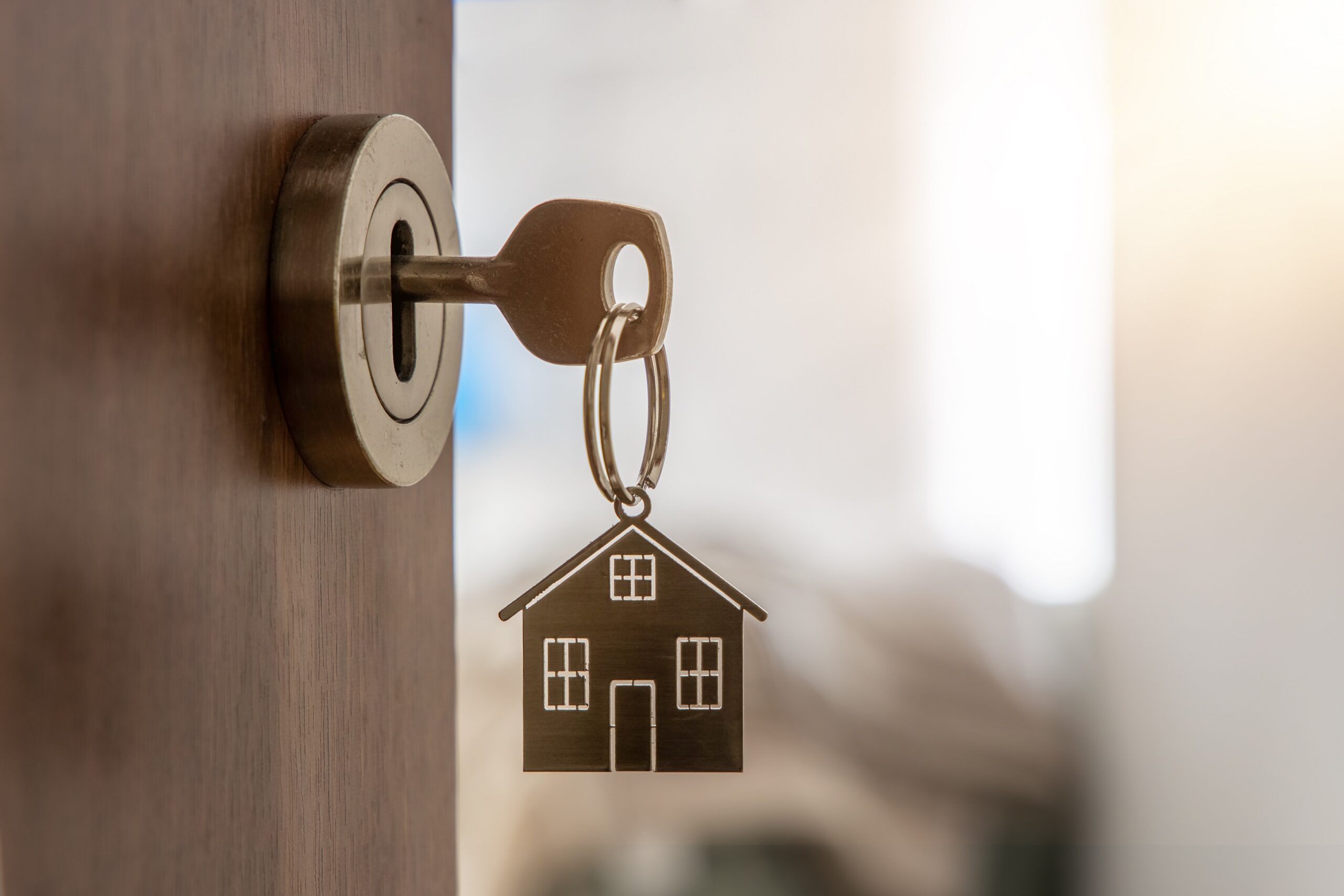Residential development has always been an integral part of human civilisation. Over the centuries, the design of homes has evolved to reflect our changing lifestyles and needs. In recent years, there has been a profound reimagining of housing design, driven by the primary goal of improving the convenience and flexibility of homes to meet the ever-changing needs of their occupants. This innovative approach, known as Livable Housing Design (LHD), represents a significant departure from traditional norms and is shaping the future of housing in Australia.
Livable housing design guidelines
LHD is rooted in the Livable Housing Design Guidelines silver level, introduced by Livable Housing Australia. These guidelines focus on practical modifications that can significantly enhance the quality of life for residents. The key principles of LHD encompass minimising steps where feasible, increasing bathroom space, widening doorways, and planning for future modifications such as the installation of grab rails.
Building code changes
The latest changes to the Building Code of Australia (BCA) reflect the growing importance of Livable Housing Design. These requirements are found in Volumes One and Two of the National Construction Code (NCC) 2022, specifically in Part G7 and Part H8. These sections offer a multifaceted approach to meet the performance requirements, encouraging adaptability and innovation while making provisions for exceptions when compliance is impractical or unreasonable.
Performance-oriented strategy
The performance-oriented strategy is at the heart of these changes. It takes into account the unique constraints and challenges faced by different development projects, allowing for tailored solutions that can adapt to specific circumstances. This approach is a significant departure from the one-size-fits-all approach of traditional housing design.
Provisions for exceptions
In cases where full compliance is impractical, provisions for exceptions come into play, necessitating a detailed case-by-case analysis. Factors such as site space or steep terrain are considered, ensuring that the requirements remain practical and flexible.
Deemed-to-Satisfy (DTS) provisions
For more conventional design and construction methods, the DTS provisions offer a standardised and systematic set of guidelines, acting as a reliable template for compliance. These provisions are based on the ABCB Standard for Livable Housing Design, which mandates key requirements, including seamless, step-free access to residential units, user-friendly doorways and corridors, and additional space in bathroom and toilet areas for potential adjustments. However, this Standard should not be interpreted in isolation (see Structure of the NCC Livable Housing Design Provisions) which illustrates how the Standard and the new NCC requirements and interconnect to Livable housing Australia.
Application of the requirements
LHD requirements apply to all newly constructed Class 1a and Class 2 buildings. Class 1a includes standalone houses, row houses, terraces, townhouses, and villa units. Class 2 pertains to apartment buildings, with specific application to individual apartments. Common areas are addressed separately under NCC Volume One and Access to Premises Standards.
In the case of home extensions or renovations, compliance with the new NCC standards depends on state or territory regulations, local environmental plans, development control plans, and more. These regulations determine whether modifications must adhere to the updated NCC standards.
Promoting housing diversity and aging in place
These changes in housing design have far-reaching implications. They contribute to expanding the inventory of Australian housing that is adaptable and capable of accommodating the requirements of older individuals and those with mobility limitations. This is significant as it promotes housing diversity, facilitates the concept of aging in place, and mitigates the expenses associated with future modifications as people’s needs evolve over time.
Future prospects
While Livable Housing Design is making a significant impact in most Australian states, it is worth noting that in New South Wales, it is not yet applicable, but plans are in place for its possible adoption as part of NCC 2025. This underscores the commitment to creating more inclusive, adaptable, and user-friendly housing options for all Australians.
LHD is not just about architectural innovations; it represents a transformative shift in the way we think about homes. It focuses on ensuring that our living spaces are not just structures but places that evolve with us, adapting to our changing needs. As these changes become more widespread, we can look forward to a future where housing is more livable, inclusive, and accommodating for everyone.

